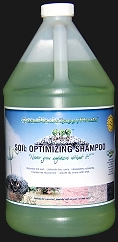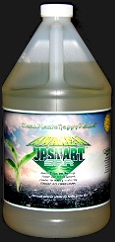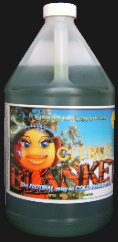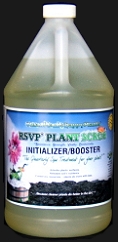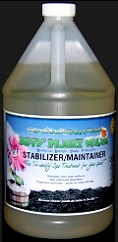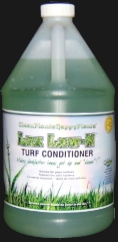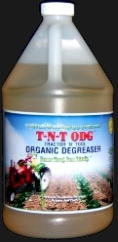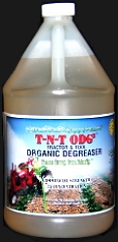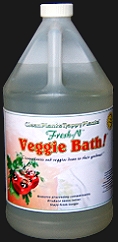|
Ironic,
isn’t it? But it’s still true. Even though plants are
typically rooted in the dirt, cleaner plants do better. Dirty
plants don’t do so well. But why?
When you think about it, it’s really pretty simple. Plants, from
their seeds, to their roots, to their stems, to their leaves, to their
flowers, and to their fruit have “skins”, the outer
membranes that do more than “keep their outsides out and their
insides in”.

Every square millimeter of their exterior surfaces
is vital for a plant’s existence.
A plant’s “skin” is used for inspiration (it’s
how they breathe in), hydration (it’s how they drink),
transpiration (it’s how they sweat, keep cool, exhale, and draw
nutrients through their whole system), photosynthesis (how
they change energy from the sun into the
sugars which give them energy
to grow), and nutrition (how they
“eat” or take in essential vitamins and minerals to sustain
themselves). [Click
any image to enlarge.]
While some more than others, most all plants are designed to
exude a waxy substance onto their surfaces as a type of
moisturizer / protectorant. Among its
functions, the wax helps the plant retain moisture when insects feed on
its leaves. [See illustration to the right.]
Naturally
occurring dust particles will stick
to the plants’ surfaces for a time
but will normally be substantially blown or rinsed clean in
optimal circumstances. 
|
However, many of the
things that conglomerate on plants and
make them sick or less than robust are often comprised of contaminants
which,
by their nature, resist being brushed or washed off.
These can range from naturally occurring
molds,
mildews, fungi, blasts, insect egg sacks, etc., to man made airborne
pollutants,
chemical fertilizers, and hosts of toxic sprays, dusts, and the like.
These pollutants
frequently bond so well to the plants’ surfaces or together
to
one another that they resist natural cleaning. This becomes a
problem in that, to the
extent that a plant cannot function
efficiently, it will become weaker than it should and will not develop
or produce to its
fullest potential.


Less
than hardy plants
also become more susceptible to adverse weather conditions and targets
for
diseases and pests which prey on sicklier specimens.
Sharks
can smell the minutest traces of blood in massive amounts of water, the
scent of which summons those creatures to "dinner".

In
the
air, from miles away, vultures can detect the gases given off by dead
and dying animals. This, too, is the signal to come and dine.
In
much
the same way, there appears to be a scent / chemical connection between
diseased and unhealthy plants and the organisms and predatory insects
who feed upon them. It is either a scent given off by the unhealthy
which attracts, or it is a scent exuded from the healthy which repels
-- or perhaps a combination of the two. Regardless of the specific
mechanisms, parasitic insects seem to favor those plants which are
undernutritionalized and otherwise unhardy and least capable of
withstanding their attacks. No doubt, this has been designed in nature
to favor the healthier vegetation and perhaps, under more natural
circumstances, to safeguard our food supply.
|

Could
anything be worse than the problem itself?
Now here is the real irony. Along with the regular pollutants which
dirty our plants, what we are doing to "fix" the problem is not only
not correcting it, but it is also making it far worse.
|























